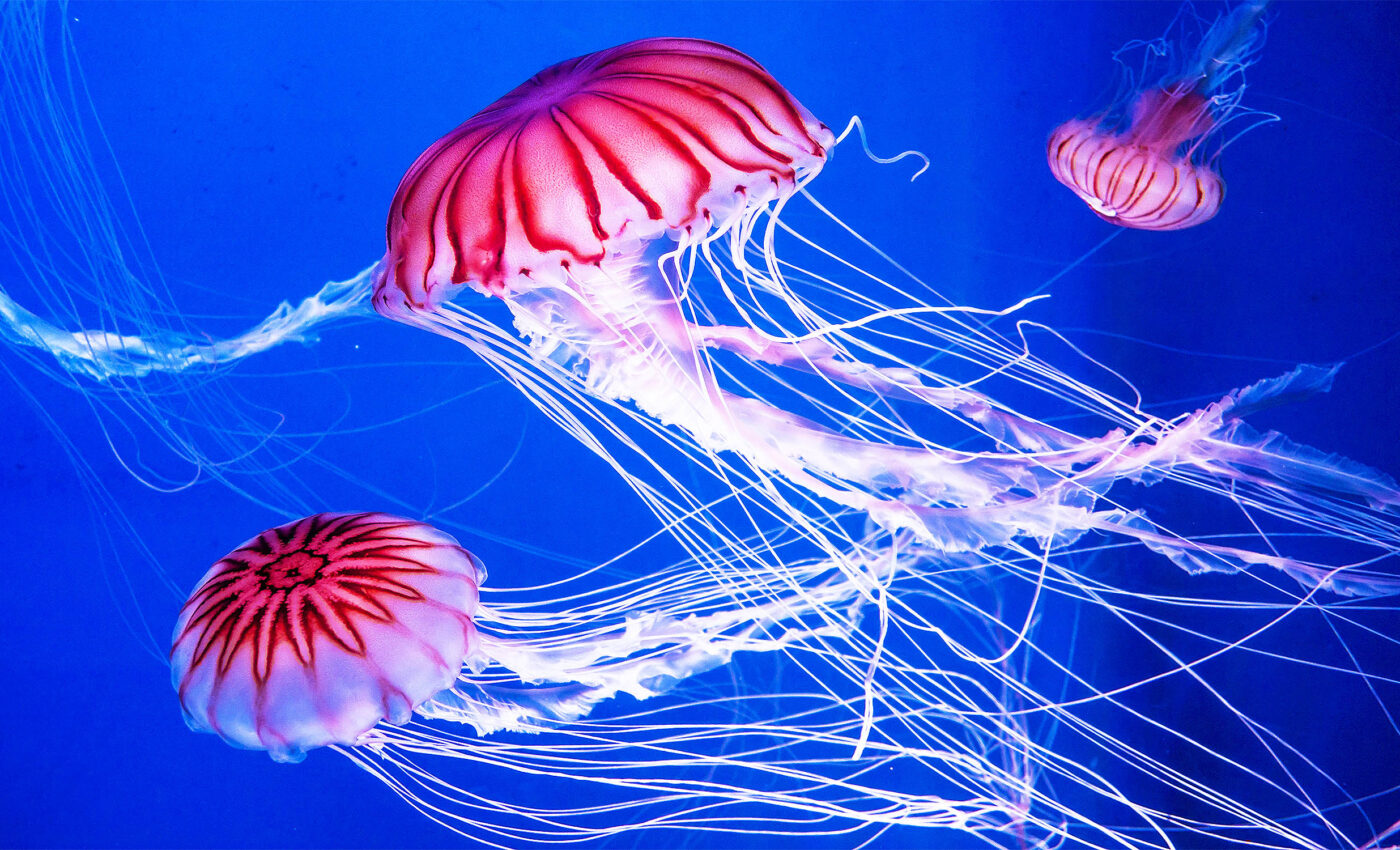
Jellyfish may soon rule Arctic waters as climate pushes them north
Climate change is exerting significant pressure on many marine organisms, but jellyfish, especially in the Arctic Ocean, could benefit from rising temperatures.
Researchers from the Alfred Wegener Institute, Helmholtz Center for Polar and Marine Research (AWI) exposed eight widespread Arctic jellyfish species to future climate conditions using computer models.
Jellyfish benefit from climate change
The findings revealed that by the second half of this century, all but one species could significantly expand their habitat northward. The lion’s mane jellyfish could even triple its habitat, potentially impacting the marine food web and Arctic fish populations.
In the future, jellyfish and other gelatinous zooplankton could be some of the few organism groups to benefit from climate change.
Numerous studies have confirmed that cnidarians, ctenophores, and pelagic tunicates thrive in rising water temperatures, nutrient contamination, and overfishing.
Ocean jellification: The rise of jellyfish
Combined, these factors could shift the ocean from a fish-dominated food web to one dominated by jellyfish. Many researchers warn of an impending “ocean jellification,” a rise in jellyfish populations worldwide.
“Jellyfish play an important part in the marine food web,” said lead author Dmitrii Pantiukhin, a postdoctoral fellow in ARJEL (Arctic Jellies), a junior research group specializing in Arctic jellyfish at AWI.
“Now that climate change is putting more stress on marine organisms, it can often give the gelatinous zooplankton a leg up on their competitors for food, like fish.”
“This in turn affects the entire food web and ultimately the fish themselves: many types of jellyfish feed on fish larvae and eggs, which can slow or prevent the recovery of fish populations already under pressure, which are often also heavily fished by humans. As such, anyone interested in how fish, an important food source for us, will develop in the future, needs to keep an eye on the jellyfish.”
Rapid warming in the Arctic Ocean
Despite their importance to marine ecosystems, gelatinous organisms are often overlooked in ecological studies. The study conducted by Pantiukhin and his team fills a crucial gap in our knowledge, focusing on the rapidly warming Arctic Ocean.
“Of all the oceans, the Arctic Ocean is warming the fastest,” Pantiukhin said. “In addition, roughly 10 percent of global fishing yields come from the Arctic. As such, the High North is the ideal site for our research.”
Projecting climate change and jellyfish distribution
The physiology of jellyfish, including their optimal temperature ranges, is well-documented. The AWI team used three-dimensional species distribution models combined with the oceanographic components of the Max Planck Institute Earth System Model (MPI-ESM1.2).
“Simulations of species distribution in the ocean are often two-dimensional, a bit like a map,” explained senior author Charlotte Havermans, head of the ARJEL junior research group. “But the distribution of jellyfish communities in particular is highly dependent on the specific water depth.”
“Consequently, we made our species models three-dimensional. Once we coupled them with the MPI’s Earth system model, we were able to calculate how the distribution of eight major jellyfish species could change from the reference period, 1950 to 2014, to the second half of this century, 2050 to 2099.”
“For future years, we applied the climate scenario ‘ssp370,’ that is, a development path where greenhouse-gas emissions remain moderate to high.”
Tremendous impacts on the food web
The results were striking: seven of the eight species, including comb jellies (Beroe sp.) and pelagic tunicates (Oikopleura vanhoeffeni), could expand their habitats significantly northward.
The lion’s mane jellyfish (Cyanea capillata) could nearly triple its habitat size. Only one species, Sminthea arctica, would experience a minor decrease in habitat.
“These results clearly show how dramatically climate change could affect the ecosystems of the Arctic Ocean. The projected expansion of the jellyfish habitats could have tremendous, cascading impacts on the entire food web,” Pantiukhin said.
Arctic fish will feel the pressure
One crucial question remains: how will Arctic fish stocks be affected by this jellyfish expansion?
“There are many indications that key Arctic fish species like the polar cod, whose larvae and eggs are frequently eaten by jellyfish, will feel the pressure even more,” said Havermans.
“Therefore, our study offers an important basis for further research in this field. And management plans in the fishing sector urgently need to bear in mind this dynamic development in order to avoid the collapse of commercially exploited stocks but manage them sustainably.”
The study is published in the journal Limnology and Oceanography.
—–
Like what you read? Subscribe to our newsletter for engaging articles, exclusive content, and the latest updates.
Check us out on EarthSnap, a free app brought to you by Eric Ralls and Earth.com.
—–













